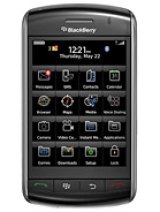
BlackBerry Storm 9530
100 EUR
Discover the powerful features and sleek design of the BlackBerry Storm 9530. Released in 2008, it boasts a 3.25 inch display and 3.15 MP camera with LED flash. #BlackBerry #phones
Smartphone Specifications and Features Summary:
Announced: 2008, September. Released 2008, November
Status: Discontinued
Display: 3.25 inches TFT
OS: BlackBerry
Network: GSM / HSPA
Chipset: Qualcomm MSM7600
CPU: 528 MHz ARM 11
GPU: Adreno 130
Memory: 1GB 128MB RAM
Battery: Removable Li-Ion 1400 mAh
Available color(s): Black
The Rise and Fall of the BlackBerry Storm 9530: A Look Back
In 2008, the tech world was buzzing with excitement as BlackBerry announced their newest addition to the market – the BlackBerry Storm 9530. Touted as a potential game-changer in the mobile world, the Storm 9530 promised cutting-edge technology and innovative features that would set it apart from its competitors. However, almost as quickly as it came, the hype surrounding the Storm 9530 dissipated, and it soon faded into obscurity. So what happened to the BlackBerry Storm 9530? Let's take a closer look at this once highly-anticipated device and its notable features.The Launch and Platform
The excitement for the BlackBerry Storm 9530 began when it was announced in September 2008 and released in November of the same year. At the time, it was seen as a potential rival to the popular iPhone, as it boasted a similar touch screen interface. Running on BlackBerry OS, the Storm 9530 also had impressive hardware, powered by a Qualcomm MSM7600 chipset and a 528 MHz ARM 11 CPU. It also featured an Adreno 130 GPU, known for its strong graphics performance.
The Display and Body
The Storm 9530's 3.25-inch TFT display was one of its standout features. At the time, most phones had LCD displays, making the Storm's TFT display a unique selling point. It also had a decent resolution of 360 x 480 pixels with a 4:3 aspect ratio, making it a good option for viewing videos and images. The device had a slim profile but was on the heavier side, weighing in at 155 grams. It came in a simple black color and had a mini-SIM slot.
The Camera and Battery
The Storm 9530's 3.15-megapixel camera was a standard offering at the time, but it did come with autofocus and LED flash, which was a nice touch. However, the video capabilities were lacking, only able to record at 320p. On the other hand, the removable Li-Ion 1400 mAh battery was quite impressive, with a standby time of up to 360 hours and talk time of up to 5 hours and 30 minutes.
The Cellphone Network and Sound
One of the biggest letdowns for the Storm 9530 was its lack of WiFi capabilities, a feature that was becoming increasingly popular at the time. It only supported GSM and HSPA technologies, with a speed of 7.2/0.384 Mbps. On the bright side, it did come with a loudspeaker and a 3.5mm jack, making it easier to listen to music and videos.
The Features and Miscellaneous
The Storm 9530 came with some standard features such as BlackBerry maps, a document editor, and a few media players. It also had an accelerometer, making it easier to use the device in different orientations. It did not have WiFi or FM radio, which was a disappointment for many users. The device also came with a black color option and had a relatively low price tag of around 100 EUR.
The Fall of the BlackBerry Storm 9530
Despite its promising features, the BlackBerry Storm 9530 failed to make a significant impact in the market. One of the main reasons for its downfall was its slow and unresponsive touch screen. Unlike the smooth and fluid touch experience on the iPhone, the Storm's touch screen required considerable effort to register touch commands, leading to a frustrating user experience. Additionally, the lack of WiFi and FM radio was a deal breaker for many potential buyers.
Ultimately, the BlackBerry Storm 9530 was discontinued, and BlackBerry shifted its focus to other devices, such as the BlackBerry Bold. However, the Storm did serve as a stepping stone for future BlackBerry devices, incorporating some of its features into newer models. But it will always be remembered as a missed opportunity for BlackBerry to remain competitive in the ever-changing mobile market.
In conclusion, the BlackBerry Storm 9530 may not have lived up to its expectations, but it certainly left its mark on the tech community. With its unique features and innovations, it will always be remembered as a testament to BlackBerry's attempt to stay relevant in an ever-evolving industry.
Latest BlackBerry Storm 9530 Specs and Prices
LAUNCH
- Announced: 2008, September. Released 2008, November
- Status: Discontinued
PLATFORM
- Operating System: BlackBerry OS
- Chipset: Qualcomm MSM7600
- CPU: 528 MHz ARM 11
- GPU: Adreno 130
MEMORY
- Card slot: microSDHC (dedicated slot)
- Internal: 1GB 128MB RAM
DISPLAY
- Type: TFT, 65K colors
- Size: 3.25 inches, 32.7 cm2 (~46.7% screen-to-body ratio)
- Resolution: 360 x 480 pixels, 4:3 ratio (~185 ppi density)
BODY
- Dimensions: 112.5 x 62.2 x 14 mm (4.43 x 2.45 x 0.55 in)
- Weight: 155 g (5.47 oz)
- SIM: Mini-SIM
MAIN CAMERA
- Single: 3.15 MP, AF
- Features: LED flash
- Video: 320p
SELFIE CAMERA
- -: No
BATTERY
- Type: Removable Li-Ion 1400 mAh battery
- Stand by: Up to 360 h
- Talk time: Up to 5 h 30 min
CELLPHONE NETWORK
- Technology: GSM / HSPA
- 2G bands: GSM 850 / 900 / 1800 / 1900
- 3G bands: HSDPA 2100 - CDMA2000 1x EV-DO
- Speed: HSPA 7.2/0.384 Mbps
SOUND
- Loudspeaker : Yes
- 3.5mm jack : Yes
COMMUNICATIONS
- WLAN: No
- Bluetooth: 2.0, A2DP
- Positioning: GPS, A-GPS
- Radio: No
- USB: microUSB 2.0
FEATURES
- Sensors: Accelerometer
- Browser: HTML - BlackBerry maps Document editor (Word, Excel, PowerPoint, PDF) MP4/WMV/H.264 player MP3/eAAC+/WMA player Organizer Voice memo/dial
MISCELLANEOUS
- Colors: Black
- SAR: 0.93 W/kg (head) & & 0.56 W/kg (body) & &
- SAR EU: 0.67 W/kg (head) & & 0.38 W/kg (body) & &
- Price: About 100 EUR
Disclaimer: Specifications shown may be different from the actual product. We cannot guarantee that the information provided on this page is 100% correct. This content is provided for information purposes only. All information included herein is subject to change without notice.


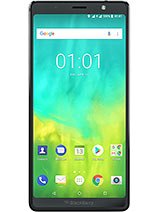
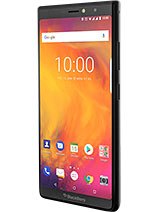
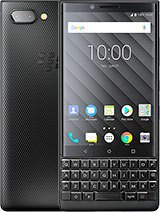
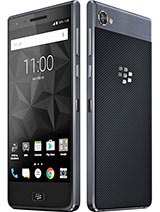
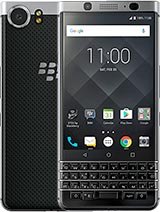

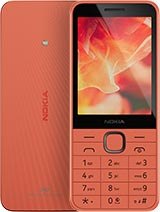


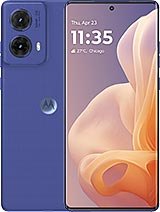







Leave your Opinion here